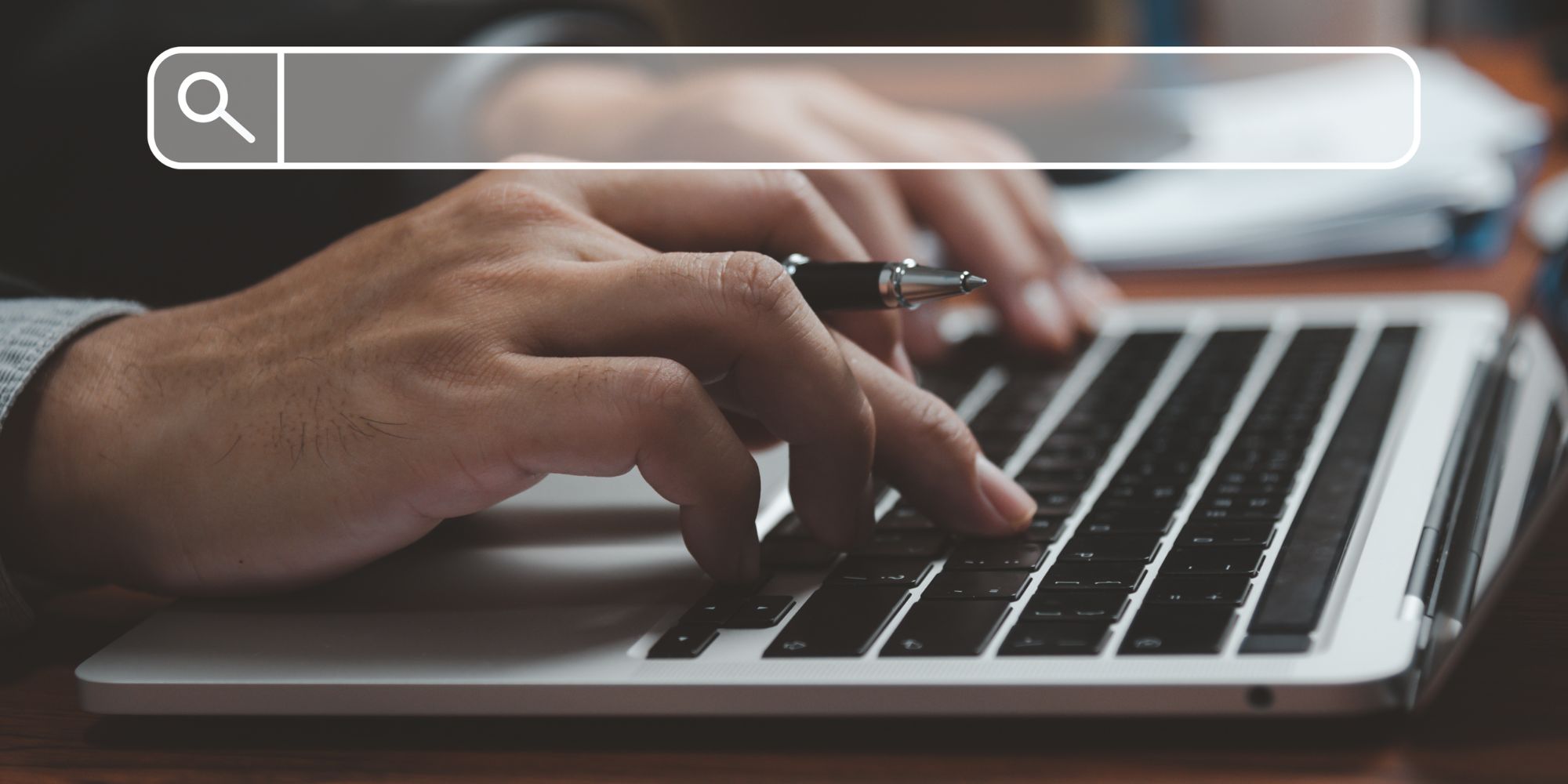Linguistic assets are the foundation of your localization program.
Linguistic Asset Management can seem like a daunting task. However with the right tools, processes and language service provider, you can rest assured that your assets will be fully utilized each time, and to your benefit.
Linguistic assets – like Translation Memories, glossaries or style guides – are the foundation of your company’s localization program. They ensure that each piece of content – whether marketing or technical – connects your customers to your brand by making sure that your translations portray the same message and style as your source content.
Here are the reasons why you need to start managing and centralizing your linguistic assets proactively:
Reduce Your Translation Spend
Without a doubt, the greatest tangible benefit of managing and centralizing your linguistic assets is that they will be reused automatically. For you, this likely means only one thing; lower translation costs with each consecutive project.
Let’s take Translation Memory as an example. For each project you do, you leverage from your existing Translation Memories. This means if you have a segment that is a 100% match you do not pay for its translation, instead the segment is replaced with its previously translated match. This even means that partially translated segments – called Fuzzy Matches – can reuse existing translated text.
After each project your language service provider should update your Translation Memory database with new matches, meaning more potential savings for your next project.
However, to get the most from these assets, your language service providers should be able to access the latest versions from one central place, so that they can always access updated assets, and actually update them each time a project is finalized.
Achieve Consistent Branding
Achieving a globally consistent look and feel to your brand, gets harder every time you add a new language to the mix or even a new linguist to a language. The reason is simple – every linguist has their own natural style of writing, preferred terminology and orthography, making consistency harder to achieve.
Linguistic Assets such as style guides can help you achieve a consistent global brand. By creating a style guide you establish and enforce the way the content should be composed and what orthography should be used, meaning that this will override the linguist’s preferred natural style of writing.
The same goes with terminology. Having translated glossaries of pre-approved terms makes your linguists use the same terms consistently from one project to the other across all languages. For these assets to be effective, though, all linguists need access to the same up-to-date assets centrally.
Higher Quality Translations
Last but not least, managing your linguistic assets from one central location will provide you with higher quality translations.
Why? Well, everything we mentioned so far leads to greater consistency and better re-use of content that has already been approved and gone through the necessary quality steps. Applying Translation Memories and terminology to every new project will ensure that during the translation stage, there will be less room for error and thus greater translation output quality.
All in all, if you are not yet managing your linguistic assets, and keeping them in a central place that is accessible to all your language partners, then start doing it now. At Argos Multilingual, we can help you with linguistic asset management and provide a workflow to ensure the most updated linguist assets are always available to your team of specialized linguists.
Want to know more about our services?
Free webinar on the differences between the US and EU UDI requirements. The medical device industry is currently facing regulatory overhaul across the major world markets. Given the current situation, we felt it was important to address the changes happening particularly in the United States and the European Union markets by bringing in Lena Cordie, […]

More and more language requirements in the EU European markets pose increasing regulatory challenges for medical device manufacturers. These regulations are controlling manufacturing, marketing, and usage of medical devices in the EU and force manufacturers to incorporate language translation and localization into global development strategies as individual Member States demand product information in the language […]







